

It's pretty clear that Spectral Force 3 is trying to be the 360's answer to those snarky portable systems getting all the cool strategy RPGs, like Final Fantasy Tactics A2 for DS and Wild Arms XF on PSP. It's one of a couple new 360 SRPGs being imported from Japan by Atlus, and despite it getting a competent translation, Spectral Force still needs a few balancing tweaks to the combat. It's not that the game gets way too hard or easy - the steady, challenging difficulty is one of the game's greatest strengths, but the character classes could be better-rounded.
The story is a pretty standard stock for RPGs: A young boy with swords finds himself suddenly leading a band of mercenaries in a land being torn apart by war. Then an evil demonic power reveals itself - nothing new there. The game's best moments are often between the required story-advancing missions.
As the leader of your group, you select which of the ten warring factions to fight for. They're all trying to kill each other, so if you repeatedly hire yourself out to smash the Undead Kingdom, you'll eventually unlock a final mission to destroy them for good. Conversely, if you want to be a jerk about it, you can eradicate the Chivalrous Knights of Epsiloia. We only wish there was more information about who we were fighting for. At least The Chivalrous Knights and Undead are obviously good and evil. We didn't have a shred of information about The Nameless Army or Meimai Knights before we attacked them. It turns out calling them The Nameless Army of Pretty Nice Guys would have been a good start.
Strutting through the land destroying Meimai Knights and Undead, you'll soon meet people who join up with your band of hired warriors. Although your group starts small, you can recruit up to 40 team members. The number sounds impressive, but isn't very practical. You can only use six for any battle, and the characters you don't use don't gain experience, so they're quickly outclassed by your active roster and aren't helpful for the increasingly difficult battles.
Each fight usually takes between 15 and 30 minutes, and the battlefield is mapped into a standard strategy game grid. It would take longer, but the attacks are efficiently mapped to different controller buttons depending on whether you're moving or attacking, so there is almost no scrolling through lists and menus during fights. Characters are given a set number of Action Points to exchange for movement and attacks during their turn, but some characters are clearly better at using them than others. The up-close and personal Gladiators, Spearmen and other melee fighters are simply stronger than the other classes. Spellcasting and support classes have tactical ranged attacks, but lack raw damage-dealing potential. Witches and Wizards are designed to take advantage of elemental weaknesses of enemies, but even blasting a frosty Yeti with a fireball usually does less damage than a standard Gladiatorial sword-smacking.
Still, Spectral Force doesn't just want you to get a group of fighters and just tell them to keep hitting until the demonic Force all die - though hardened gamers will probably think the tactics are watered down. The strategy is less about using varied character types with specialized abilities - although there are a handful - and more about surrounding foes and using team-up attacks effectively.
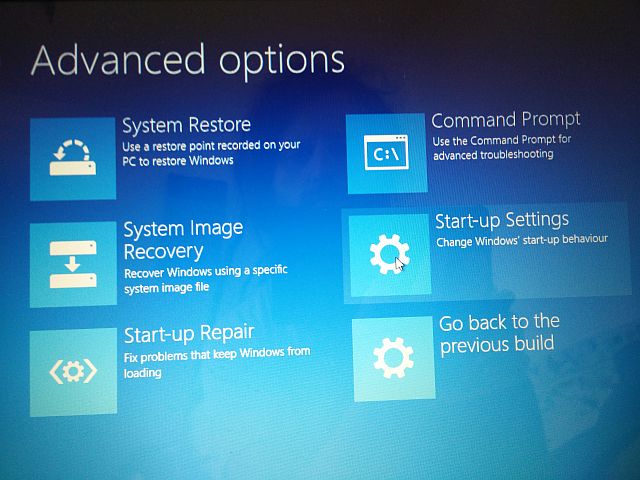
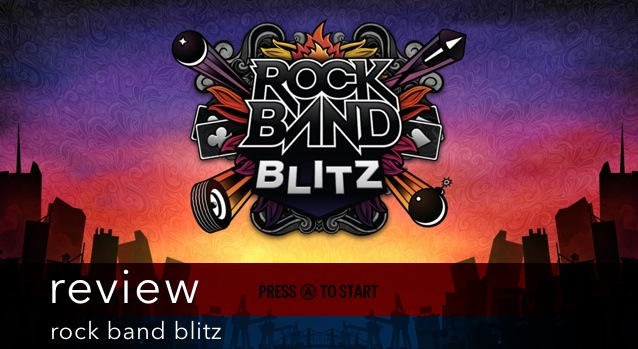
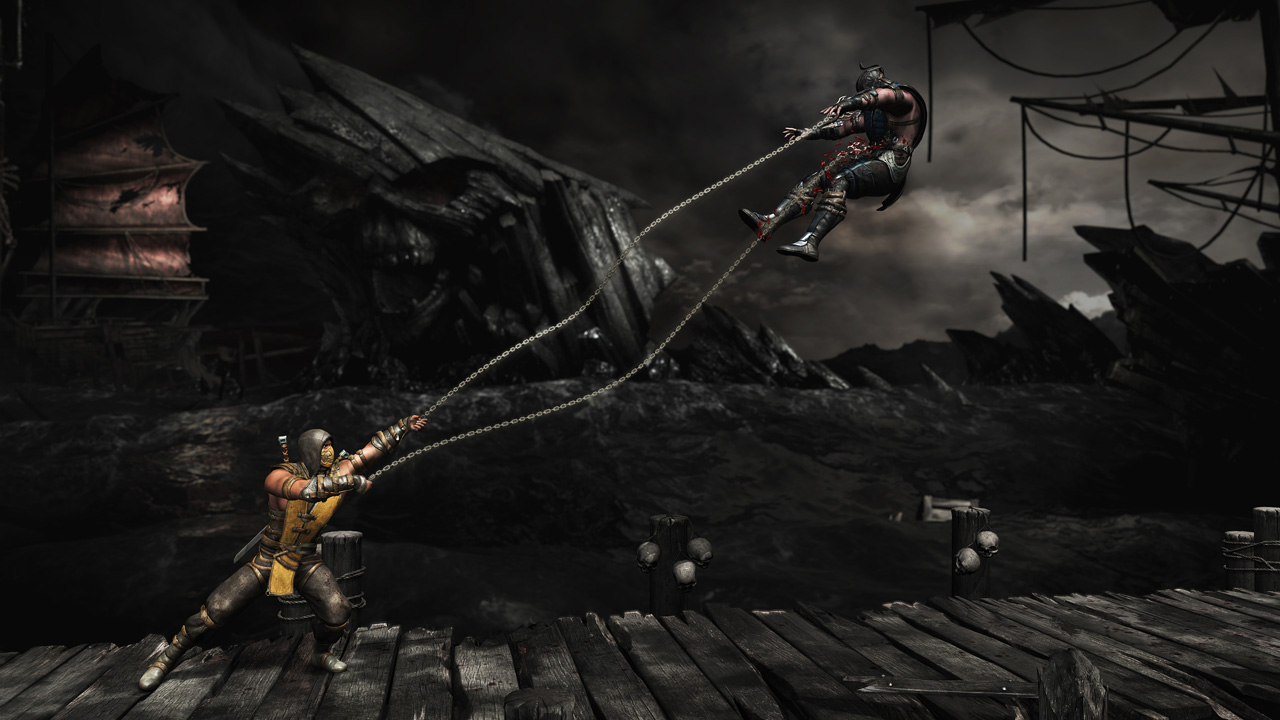
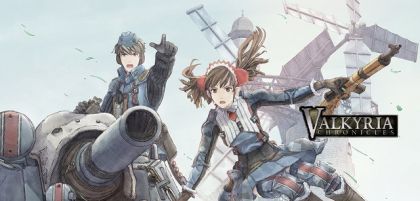
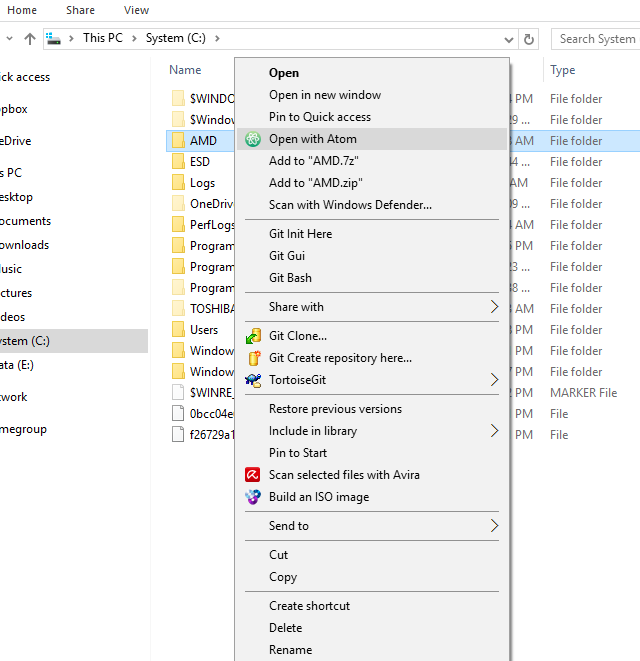 How to Declutter the Right Click Menu the Easy Way
How to Declutter the Right Click Menu the Easy Way ChefVille Guide
ChefVille Guide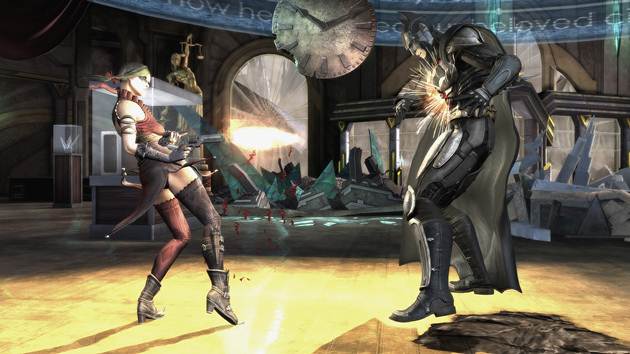 Injustice: Gods Among Us Review
Injustice: Gods Among Us Review La-Mulana EX PSVITA review
La-Mulana EX PSVITA review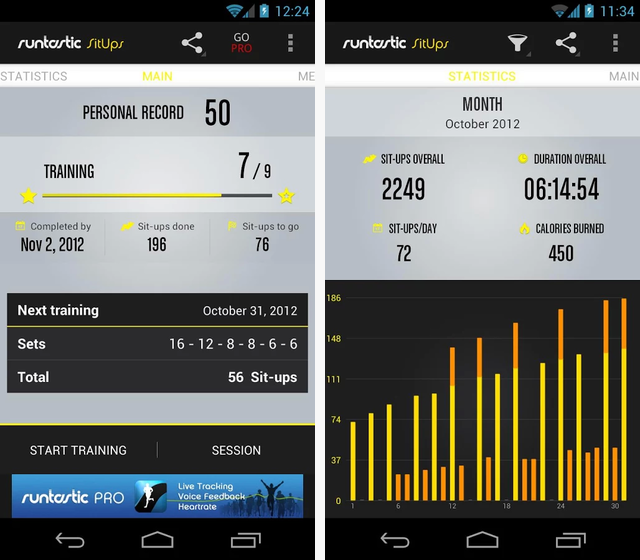 Android Apps on Sale for 19 December 2013: SwiftKey, Worms 2, Great Little War Game
Android Apps on Sale for 19 December 2013: SwiftKey, Worms 2, Great Little War Game